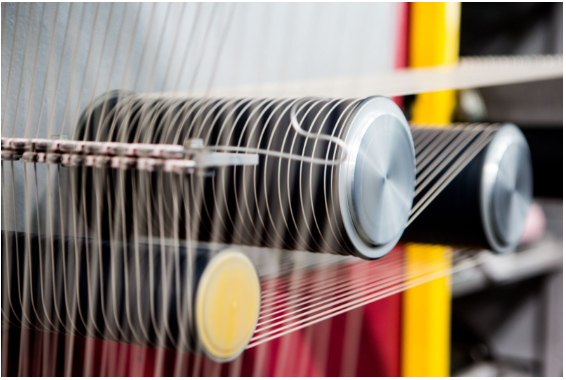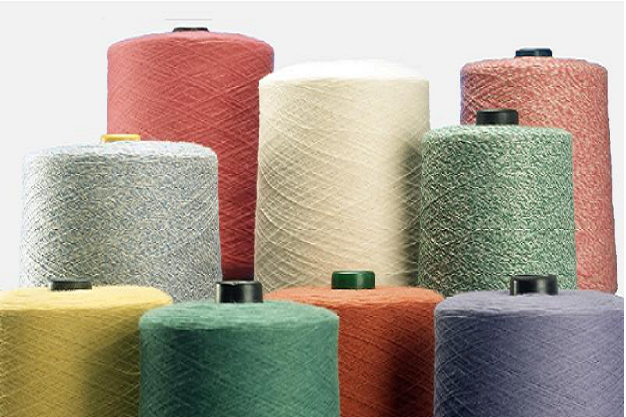Nylon, the pioneering synthetic fabric, has become an integral part of our daily lives, from the clothes we wear to the products we use. As a leading producer of high-quality nylon yarns, AYM Syntex has mastered the intricate process of nylon yarn manufacturing, delivering exceptional products that cater to a wide range of applications.
Whether you’re a textile enthusiast, a manufacturer, or simply curious about the inner workings of the industry, this article will provide you with a detailed and insightful understanding of the nylon yarn manufacturing landscape.
The Nylon Yarn Manufacturing Process: A Step-by-Step Breakdown
The production of nylon yarn is a meticulously engineered process that involves several key stages, each contributing to the creation of the final product. AYM Syntex, as a leading manufacturer of nylon yarns, has mastered this intricate process, ensuring the highest quality and consistency in their offerings.
Step 1: Raw Material Preparation
The foundation of nylon yarn manufacturing lies in the careful selection and processing of the raw materials. Nylon 6 and Nylon 6,6 are primarily made from diamine and dicarboxylic acids derived from crude oil or petroleum-based sources.
These raw materials undergo a thorough purification and refinement process to ensure their purity and suitability for the subsequent manufacturing stages.
Step 2: Polymerization
The next step in the nylon yarn manufacturing process is the polymerization of the raw materials. This chemical reaction, known as condensation polymerization, combines the diamine and dicarboxylic acid monomers to form long-chain nylon polymers.
At this stage, nylon resin is precisely controlled to achieve the desired molecular weight and physical properties of the final yarn.
Step 3: Melt Extrusion and Filament Formation
With the nylon polymer now in a molten state, the material is extruded through a specialized spinneret, a device resembling a showerhead with numerous tiny holes. As the molten polymer is forced through these holes, it forms continuous nylon filaments.
The freshly extruded filaments are then rapidly cooled, typically using a stream of air to solidify and stabilize the nylon structure.
Step 4: Drawing and Orientation
To enhance the strength and durability of the nylon filaments, they undergo a drawing process. This involves stretching the filaments, typically four to five times their original length, to align the polymer molecules and improve their orientation.
The drawn filaments undergo heat-setting to lock in their molecular alignment and prevent shrinking or shape loss during further processing or use.
Step 5: Texturing and Finishing
Depending on the desired characteristics of the nylon yarn, the filaments may undergo additional processing steps, such as texturing. Texturing involves the introduction of deliberate crimp, curl, or other physical modifications to the filaments, creating a unique visual and tactile effect.
Finally, the nylon yarn may receive finishing treatments like lubrication, dyeing, or specialized coatings to improve its performance, appearance, and suitability.
Applications of Nylon Yarns
The versatility of nylon yarn is truly remarkable, with its applications spanning a wide range of industries and consumer products. AYM Syntex’s nylon yarns are renowned for their exceptional quality and tailored solutions that cater to the diverse needs of their customers.
Apparel and Textiles
Nylon’s inherent strength, elasticity, and moisture-wicking properties make it a popular choice for a variety of apparel and textile applications. From activewear and sportswear to hosiery, lingerie, and even formal wear, nylon yarns are extensively utilized to create comfortable, durable, and high-performance fabrics.
Industrial Applications
The industrial sector has long benefited from the exceptional properties of nylon yarns. These synthetic fibers find extensive use in the production of ropes, cables, webbing, and other industrial textiles that require exceptional tensile strength, abrasion resistance, and durability.
Carpets and Upholstery
Nylon’s resilience and stain-resistance make it an ideal material for carpets, rugs, and upholstery fabrics. Its ability to withstand heavy foot traffic and resist wear and tear ensures long-lasting performance in both residential and commercial settings.
Automotive and Transportation
The automotive industry has embraced nylon yarns for a wide range of applications, including seat covers, airbags, tire reinforcements, and various interior and exterior components. Nylon’s strength, flexibility, and lightweight properties make it a preferred choice for many automotive and transportation applications.
Fishing and Outdoor Gear
The fishing industry heavily relies on nylon yarns for the production of high-strength fishing lines, nets, and ropes. Additionally, nylon’s water-resistant and durable nature makes it a popular choice for outdoor gear, such as tents, backpacks, and climbing equipment.
These are just a few examples of the diverse applications of nylon yarns, showcasing the profound impact of this synthetic fiber on various industries and our daily lives.
Also Read: Difference Between Polyester Yarn and Nylon Yarn
Conclusion
The journey of nylon, from its pioneering inception to its ubiquitous presence in our daily lives, is a testament to the ingenuity and adaptability of the textile industry. As a manufacturer of exceptional nylon yarns, AYM Syntex has mastered the intricate process of nylon yarn production, delivering products that cater to a wide range of applications.
By delving into the history, the fiber family, the manufacturing process, and the diverse applications of nylon, this comprehensive guide has provided a holistic understanding of this remarkable synthetic material. As the industry continues to evolve, driven by the pursuit of sustainability and technological advancements, AYM Syntex remains poised to lead the charge, offering innovative solutions that meet the ever-changing needs of its customers.




